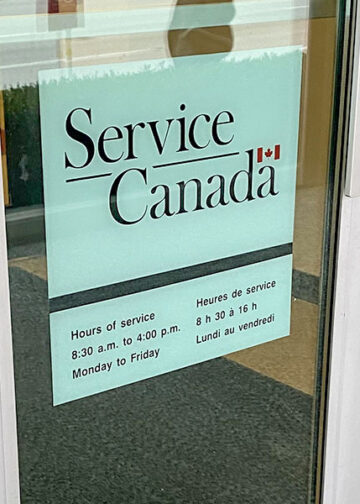When I was traveling around Europe, I was often confused by terms like the EU and Schengen area visa. So, I created the map below to help me better understand the entire European region.
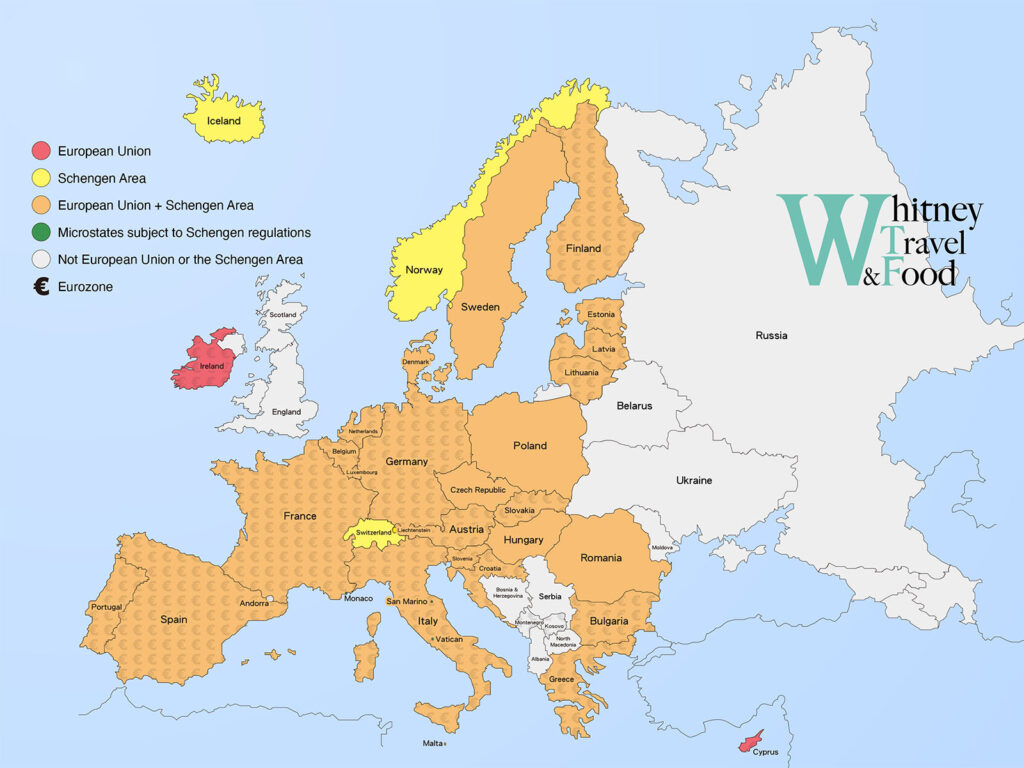
European Union
The so-called EU Member States refer to countries that are part of the European Union, abbreviated as EU in English. The EU is a political and economic union currently consisting of 27 member states. Politically, all members are democratic countries. It is the largest economic entity in the world. And militarily, most EU member states are part of the North Atlantic Treaty Organization (NATO).
In fact, the EU is more focused on political and economic systems and is not directly related to travel.
Schengen Area Visa
The Schengen Agreement, also known as “Schengen Countries” or “Schengen Area,” is a treaty between European countries. The purpose of the agreement is to eliminate border checks between the member states and coordinate border controls with countries outside the Schengen Area. Within the member states, border controls are abolished, allowing individuals with valid identification or a Schengen visa to move freely within all member countries. According to the agreement, travelers holding a visa from any one Schengen country can legally travel to all other Schengen countries.
For example, if you obtain a visa for any of the countries(marked in yellow or orange) on the map above, such as France, you can travel between all countries in yellow or orange without applying for additional visas or passing through customs.
How to Apply for a Schengen Visa
First, check whether your passport requires a Schengen visa by consulting the EU list of countries whose citizens are required to hold a visa. If you are holding a free Schengen visa passport, the maximum stay is 90 days within a 180-day period. If you frequently enter and exit the Schengen Area and are unsure if you’ve exceeded the 90-day limit, you can use the Short-stay Visa Calculator to track your days.
For more information on how to apply for a Schengen visa, you can refer to the European Commission – Applying for a Schengen visa. This resource provides detailed instructions on how to apply, the required documents, and more.
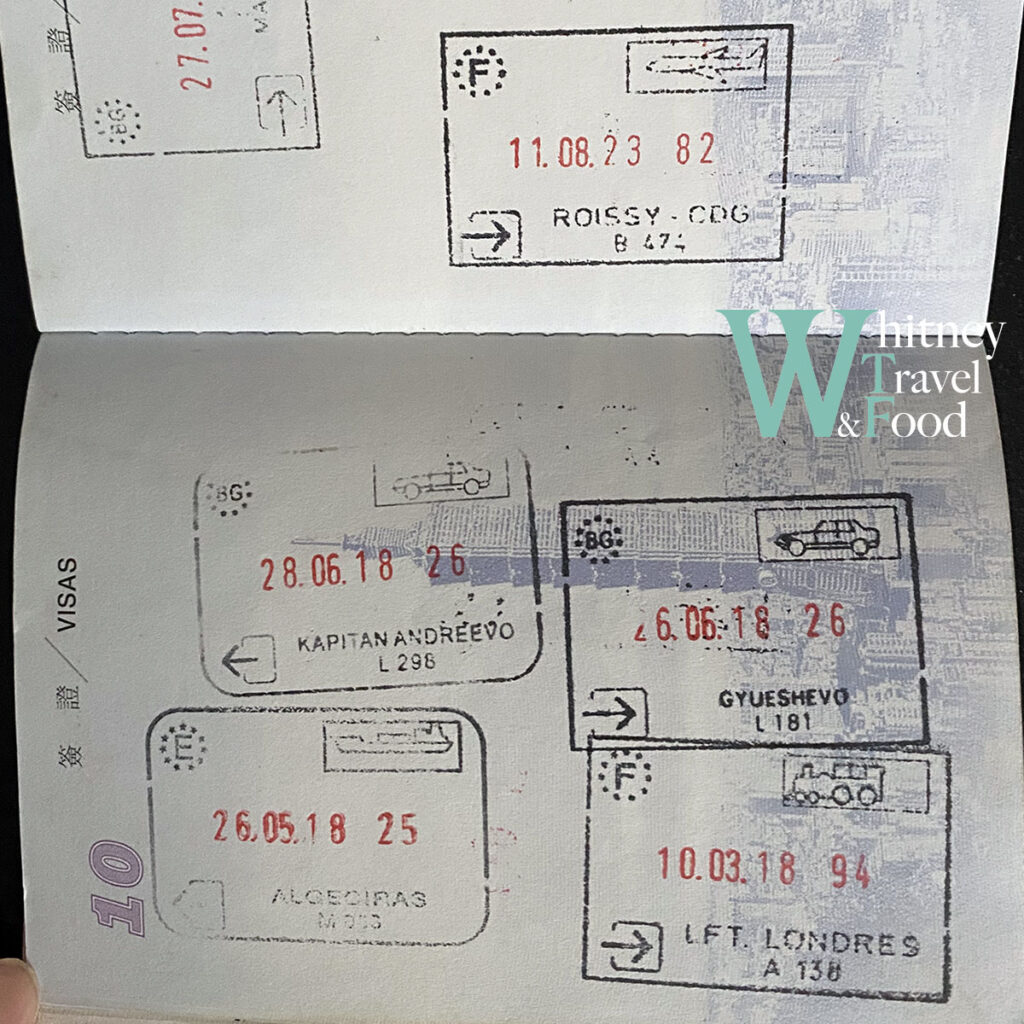
Eurozone
The Eurozone refers to countries and regions that use the euro, making currency exchange easier and eliminating the need to calculate exchange rates between countries. Although some countries are not part of the Eurozone, such as Montenegro and Kosovo, they still use the euro, as do several microstates. Eurozone countries can mint their own euros, so the reverse side of each coin is different—next time you get a euro, check which country minted it, it’s quite interesting!
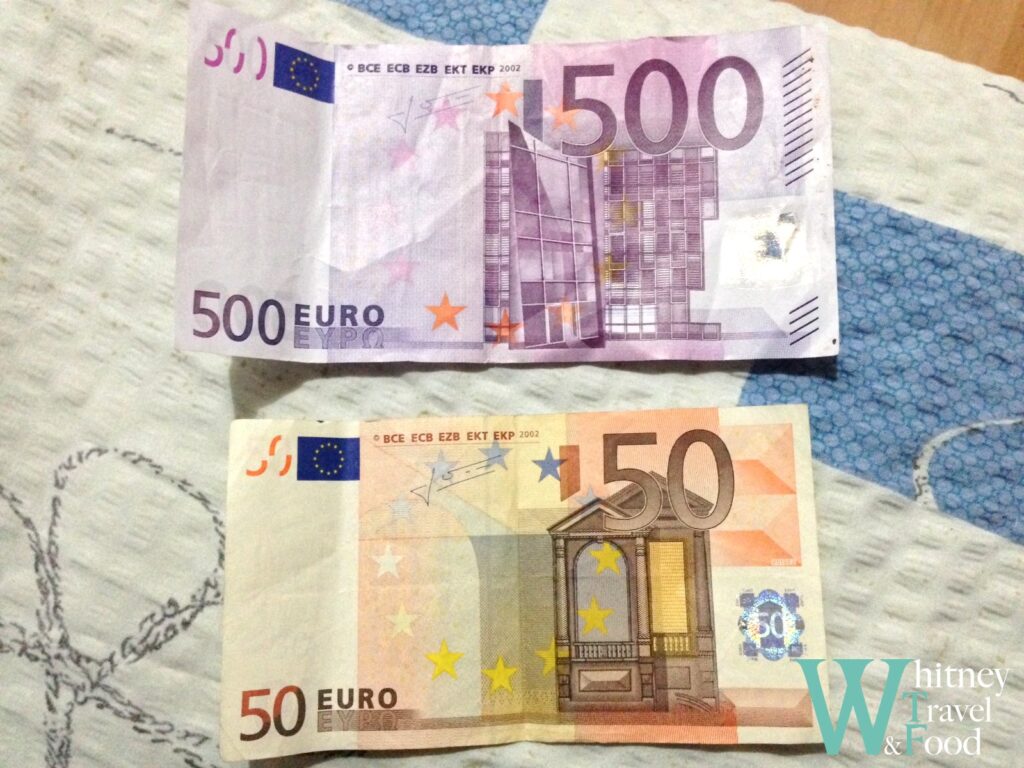
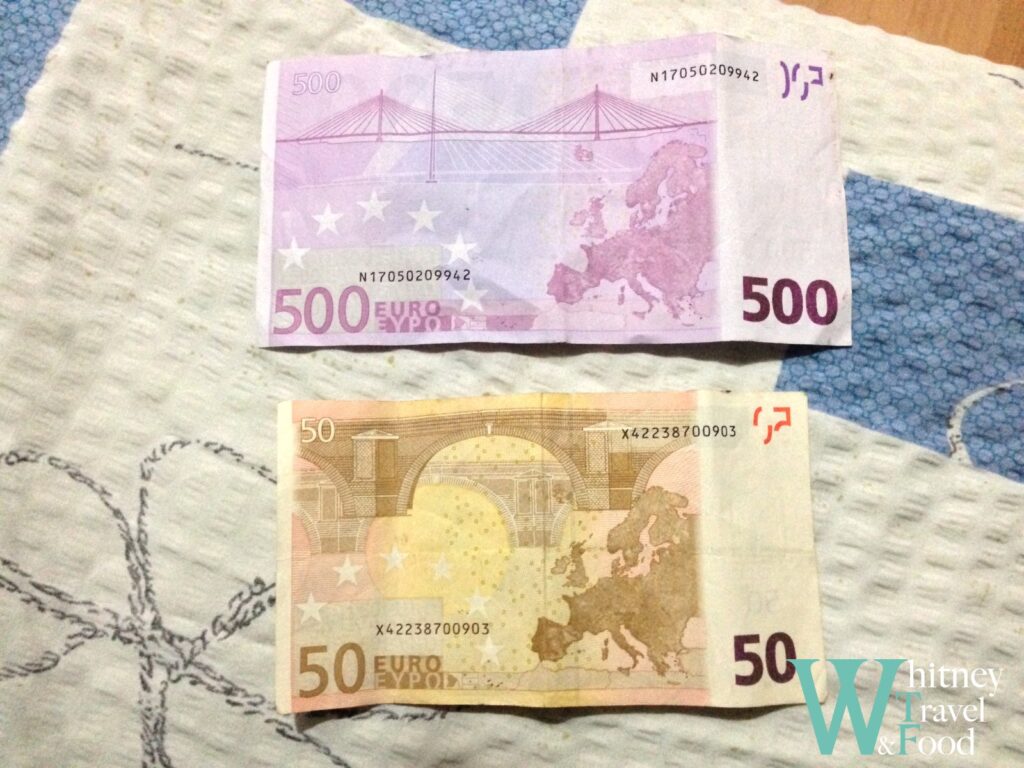
In summary, while the terms “EU Member States,” “Schengen Countries,” and “Eurozone” may seem confusing at first, they each serve a different purpose within the broader European context. The EU governs political and economic integration, Schengen facilitates border-free travel, and the Eurozone simplifies currency exchange. By understanding these distinctions and familiarizing yourself with the map above, you’ll be better equipped to travel smoothly across Europe’s diverse landscape. Whether you’re planning a short holiday or a longer adventure, mastering these concepts will help you navigate the region with ease and confidence! Let’s around Europe together!
Thank you for reading!
If you like my post🖋️
Feel free to buy me a coffee☕️
Your support is our motivation for creating!🥰



![Working Holiday in Ireland: Step-by-Step Application Guide (Taiwanese Passport) 6 [愛爾蘭.高威] 歐洲最高的莫赫懸崖 Galway高威市中心聖誕市集](https://whitneytf.com/wp-content/uploads/galway-cliff-of-moher-5-120x86.jpg)


![How to Apply for an Ireland Police Certificate? 9 [愛爾蘭.霍斯] 都柏林東邊的海港小鎮-Howth&都柏林-霍斯-火車交通方式](https://whitneytf.com/wp-content/uploads/Howth-7-120x86.jpg)




